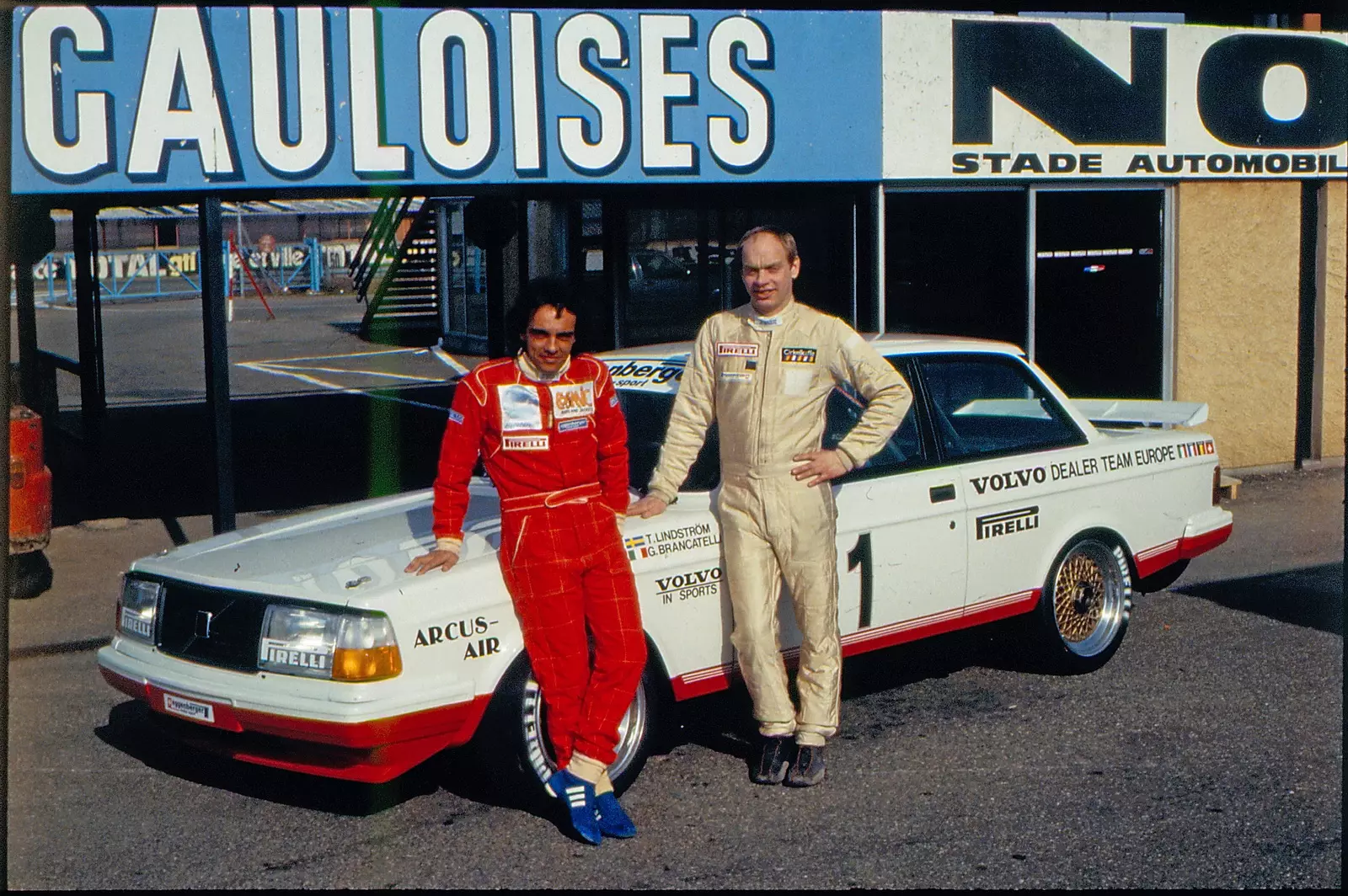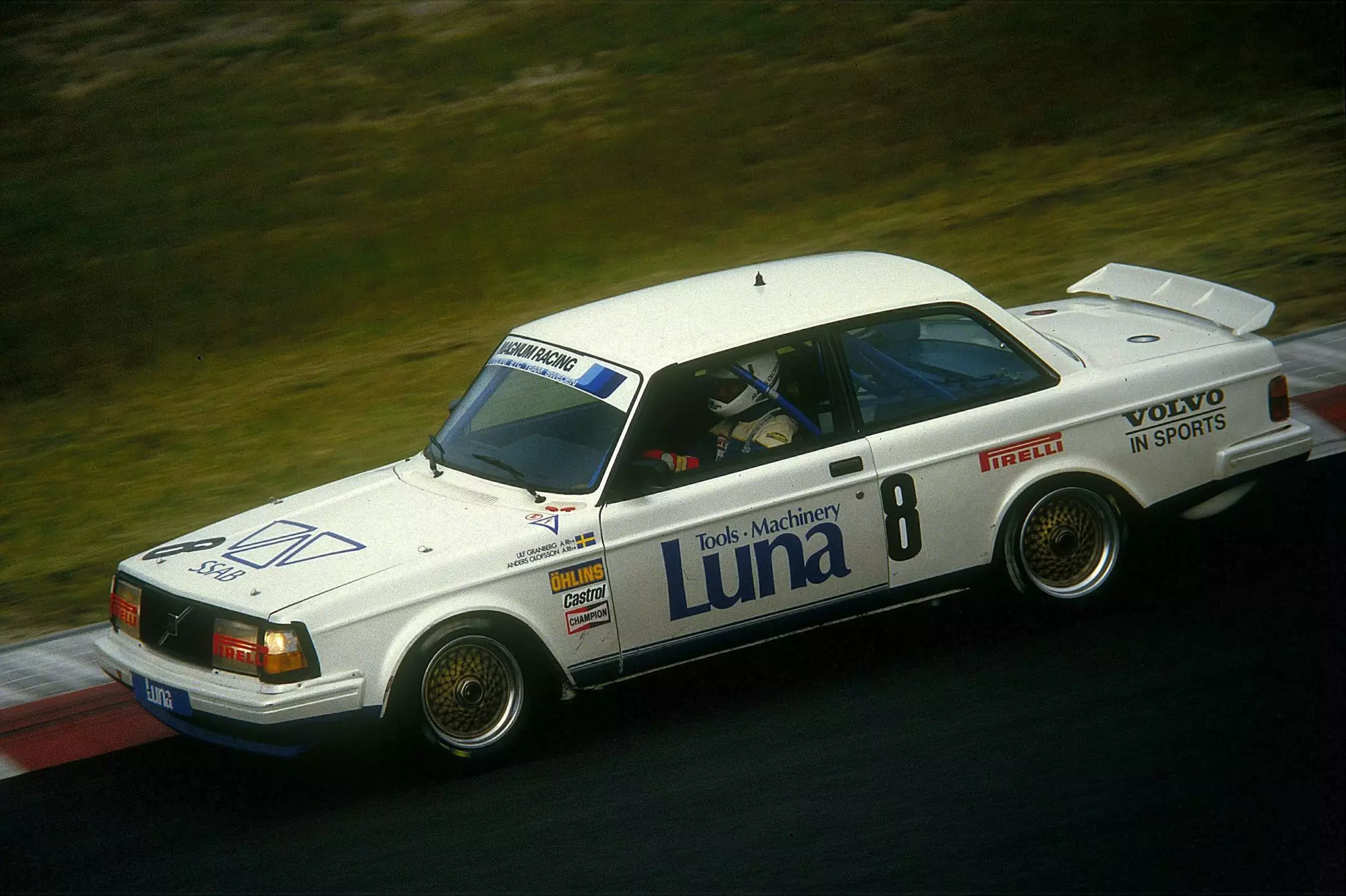Volvo, a Swedish brand founded by engineer Gustav Larson and economist Assar Gabrielsson, launched in 1981 one of the most important models in its history: the Volvo 240 Turbo.
Initially launched as a family saloon, the 240 Turbo was far from sporting pretensions. Even so, the version equipped with the robust B21ET engine, 2.1 l with 155 hp fulfilled the 0-100 km/h in just 9s and touched the 200 km/h of speed with ease. In the van version (or if you prefer Estate), the Volvo 240 Turbo was simply the fastest van at the time.
For those who had no sporting pretensions, not bad...

The brand — whose name comes from the Latin “I run”, or by analogy “I drive” — demonstrated throughout the 1980s that, in addition to building the safest and most durable cars of the time, it was also capable of building the safest. fast and even fun to drive. That said, it didn't take long for the brand to start looking at the competition with new eyes.
evolve to compete
In order to have a competitive car in touring races and homologated to Group A regulations, the Swedish brand designed the Volvo 240 Turbo Evolution. A spiky version of the 240 Turbo, equipped with a larger turbo, improved ECU, forged pistons, connecting rods and crankshaft, and inlet water injection system.
Subscribe to our newsletter
To obtain approval, the brand had to sell 5000 units of the Turbo model and 500 units of the Turbo Evolution model. No sooner said than done.
In 1984 the Volvo 240 Turbo won two races: an ETC race in Belgium and a DTM race at the Norisring in Germany. The following year, Volvo increased its competition department and hired two teams to operate as official teams — the results didn't wait...

In 1985 he won the ETC (European) and DTM (German) championships, as well as the national tourism championships in Finland, New Zealand and… Portugal!
In its competition version the Volvo 240 Turbo was a true “flying brick”. “Brick” when it comes to design — the 1980s were marked by Volvo “squares” — and “flying” when it comes to performance — they were always 300 hp, a respectable figure.
To reach the 300 hp power of the competition version, Volvo also equipped the 240 Turbo engine with an aluminum head, a specific Bosch injection system and a new Garrett turbo capable of a pressure of 1.5 bar. Maximum speed? 260 km/h.
In addition to the changes made to the engine, the competition version was lightened. Removable body parts (doors, etc.) used thinner metal than production cars and the rear axle was 6 kg lighter. The brakes are now ventilated discs with four-piston jaws. A rapid refueling system was also installed, capable of putting in 120 l of fuel in just 20s.
Not bad for a brick.
